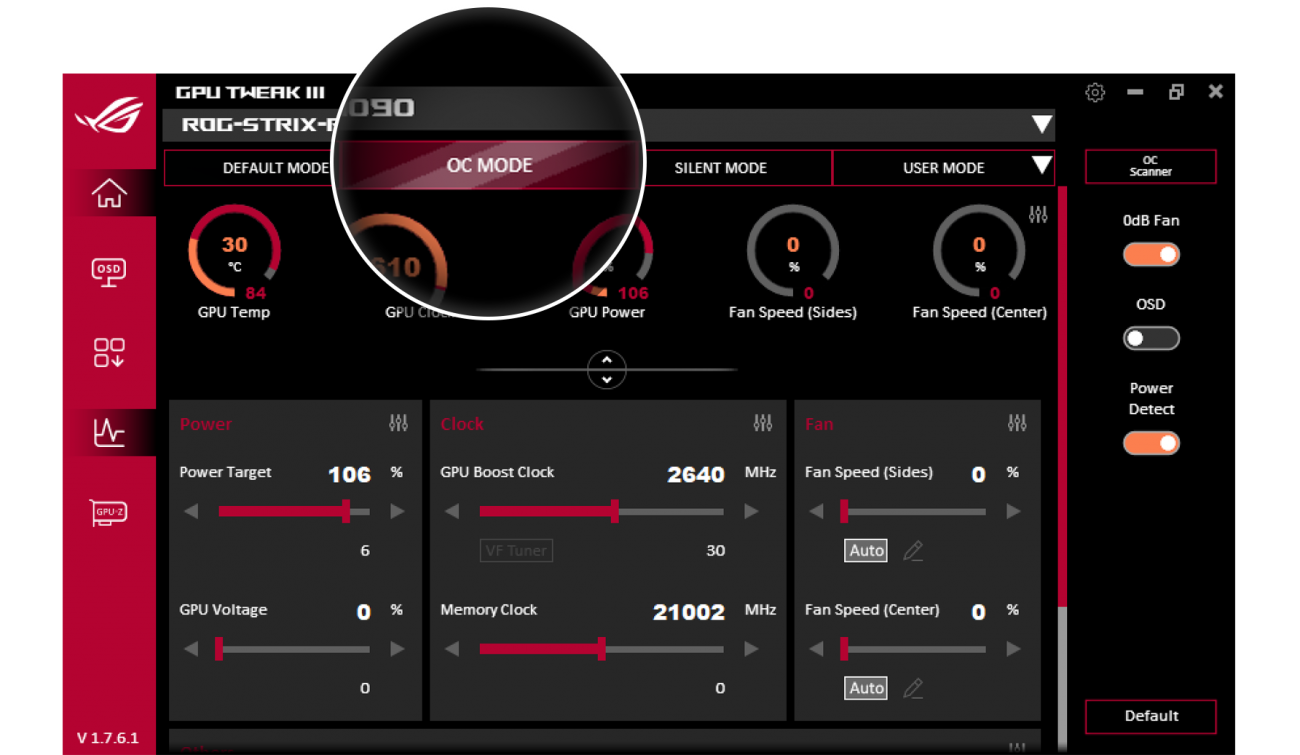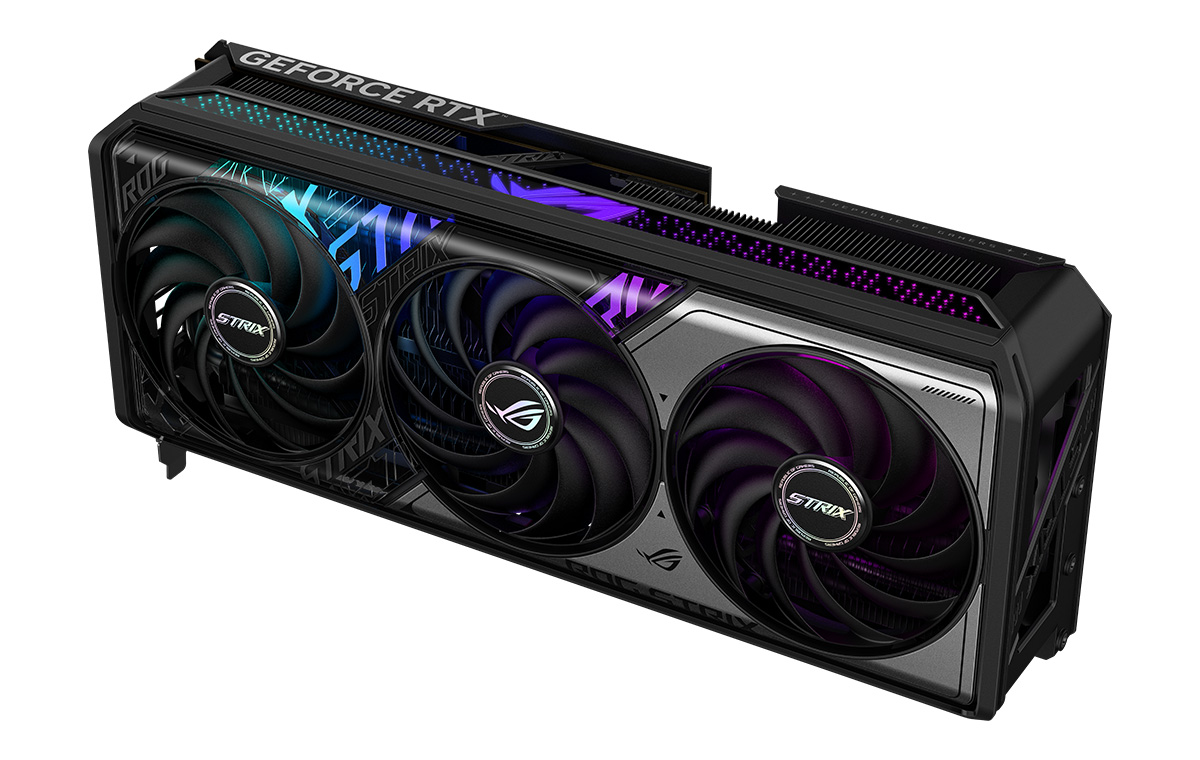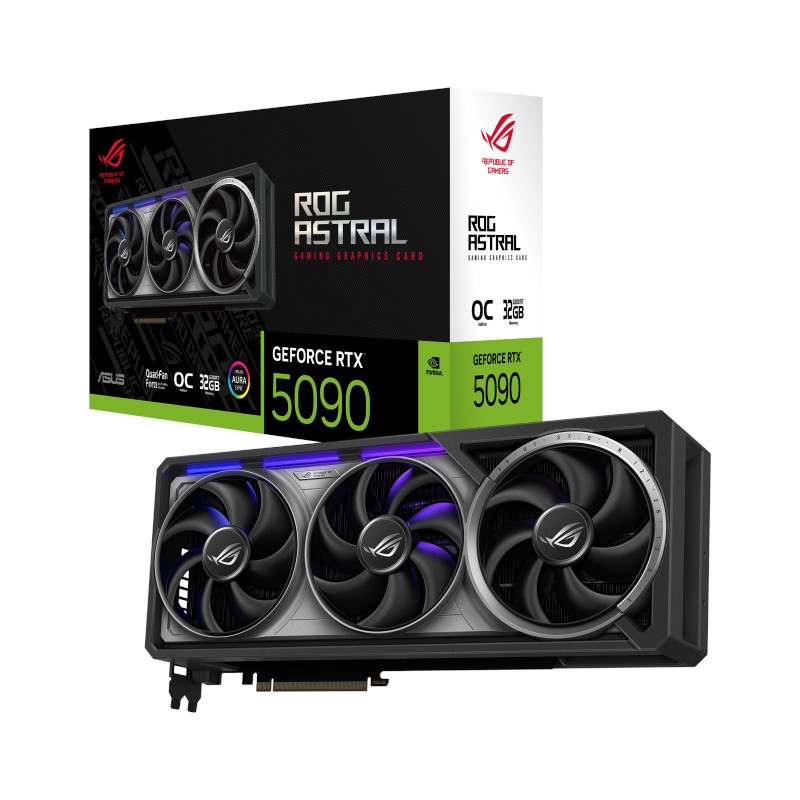When it comes to gaming and high-performance computing, the graphics card is the heart of your setup and Asus has long been one of the most trusted names in the game. From ROG Strix to TUF Gaming, Asus consistently rolls out some of the most sought-after GPU models year after year. But as the GPU market evolves in 2025, does Asus still stand out in terms of performance, value, and reliability? We went hands-on with their latest line to find out.
Sleek Designs with Functional Engineering

One of the things that immediately sets Asus apart is its design philosophy. Whether you're looking at the premium ROG Strix series or the more wallet-friendly Dual and TUF Gaming cards, Asus maintains a consistent blend of aesthetics and airflow optimization. These cards are big, yes—but not bulky without reason. They’re designed to stay cool under pressure, with large axial-tech fans, larger surface heatsinks, and reinforced metal backplates for durability.
The ROG Strix variants, in particular, sport RGB lighting that’s tastefully integrated—not overbearing, but enough to turn heads in a tempered glass case. Meanwhile, the TUF lineup leans into a rugged, industrial look that’s all about function-first engineering. Either way, you’re getting solid build quality and visual appeal without compromise.
Cooling That Actually Makes a Difference

Thermal performance isn't just a bullet point, it's a defining factor that separates great graphics cards from merely adequate ones. In Asus’s latest generation of GPUs, particularly the ROG Strix and TUF Gaming series, cooling is not just an afterthought; it’s the backbone of their design philosophy.
The ROG Strix cards come equipped with Axial-tech fans, which are now larger and more efficient than in previous models. These fans use specially designed barrier rings to channel airflow directly across the massive heatsink, creating a high-pressure cooling system that keeps critical components like the GPU core, VRMs, and memory modules at optimal temperatures. The result is a system that dissipates heat more effectively, even under intense workloads like 4K gaming or multi-hour rendering sessions.
The size of the heatsinks in ROG Strix models deserves mention too. These aren't your average slabs of aluminum, they feature maximized surface area, precision CNC machining, and a vapor chamber design in higher-end models like the RTX 4090 and 4080 Super. The vapor chamber spreads heat evenly across the fins, which are then cooled by triple fans operating with smart RPM scaling based on thermal sensors placed across the card.
In real-world testing, the ROG Strix RTX 4080 Super consistently maintained core temperatures around 62°C under full load, compared to 70–75°C in some competing models with similar specs. Even after multiple hours of gameplay or benchmark loops, the card never exhibited thermal throttling. Fan noise was minimal thanks to Asus’s 0dB mode, which keeps the fans completely off under light loads, and spins them up gradually without sudden spikes.
Overclocking and Software Control

Asus doesn't just build graphics cards for plug-and-play gamers, they engineer them for enthusiasts who want to push boundaries. With the latest generation of ROG Strix and TUF Gaming GPUs, overclocking is not only easier and it’s smarter, safer, and more rewarding thanks to refined power delivery, thermal headroom, and the intuitive GPU Tweak III software.
Out of the box, Asus GPUs already arrive with modest factory overclocks. For example, the ROG Strix RTX 4090 OC Edition runs with a boosted clock speed higher than NVIDIA's reference specs, giving users a performance uplift without any manual tweaking. But for those who want more, Asus has designed its PCB layout and VRM architecture to accommodate serious headroom.
The upgraded 20-phase power delivery on high-end ROG models ensures that voltage remains stable even when the card is pushed beyond its default limits. Asus also uses super alloy chokes, capacitors, and high-current power stages, which resist heat and ensure lower impedance under load. This means less thermal stress, cleaner power, and a significantly reduced chance of instability when dialing up performance.
Real-World Performance: Gaming and Beyond

n terms of pure performance, Asus cards deliver exactly what you'd expect from NVIDIA’s latest silicon, just with a little extra polish. The RTX 4080 Super ROG Strix handled Cyberpunk 2077 with Path Tracing enabled at 4K without dipping below 60 fps, while ray tracing-intensive games like Alan Wake 2 and Metro Exodus performed brilliantly on the TUF RTX 4070 Ti at 1440p Ultra settings.
For content creators, the extra VRAM and stable power delivery in these cards make rendering, 3D modeling, and AI workloads feel significantly smoother. We saw particularly good results using Adobe Premiere Pro and Blender, where stability and thermal control are just as important as raw speed.
Final Thoughts

In a crowded GPU market full of competitors, Asus continues to prove why it's a staple in the PC building community. With their uncompromising build quality, intelligent cooling systems, and performance that consistently meets or exceeds expectations, Asus graphics cards remain one of the best investments you can make in 2025.
Whether you're a high-FPS competitive gamer, a ray-tracing enthusiast, or a content creator needing dependable power, Asus offers a GPU to match your workflow and your budget. In short, the hype is still very real and very deserved.

